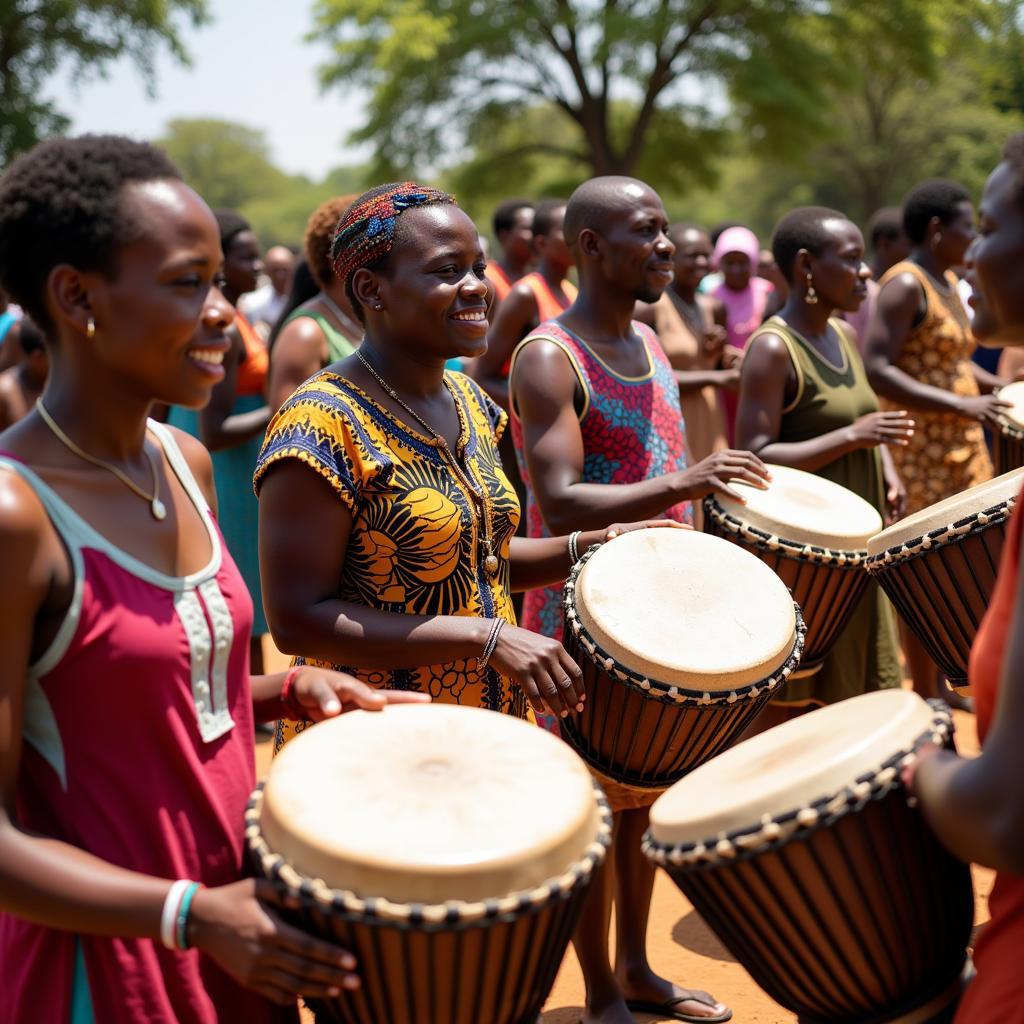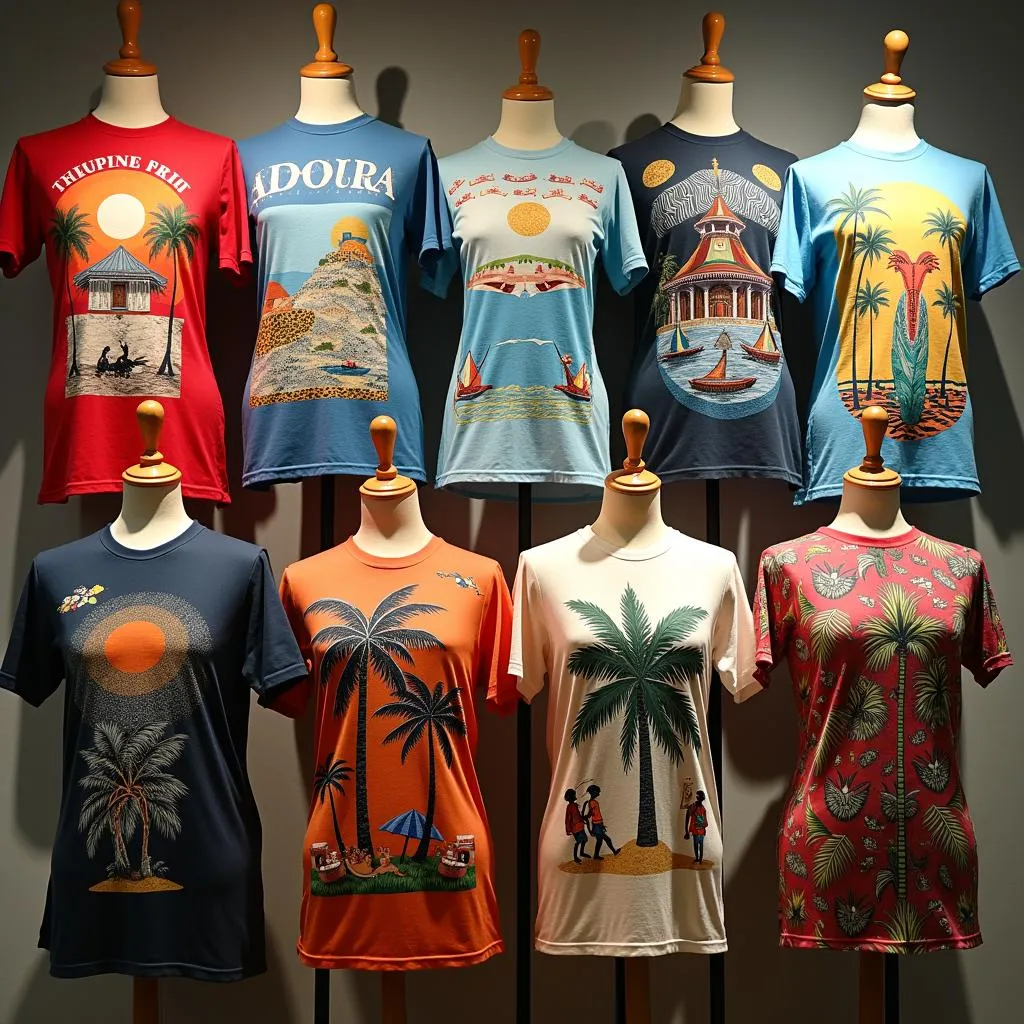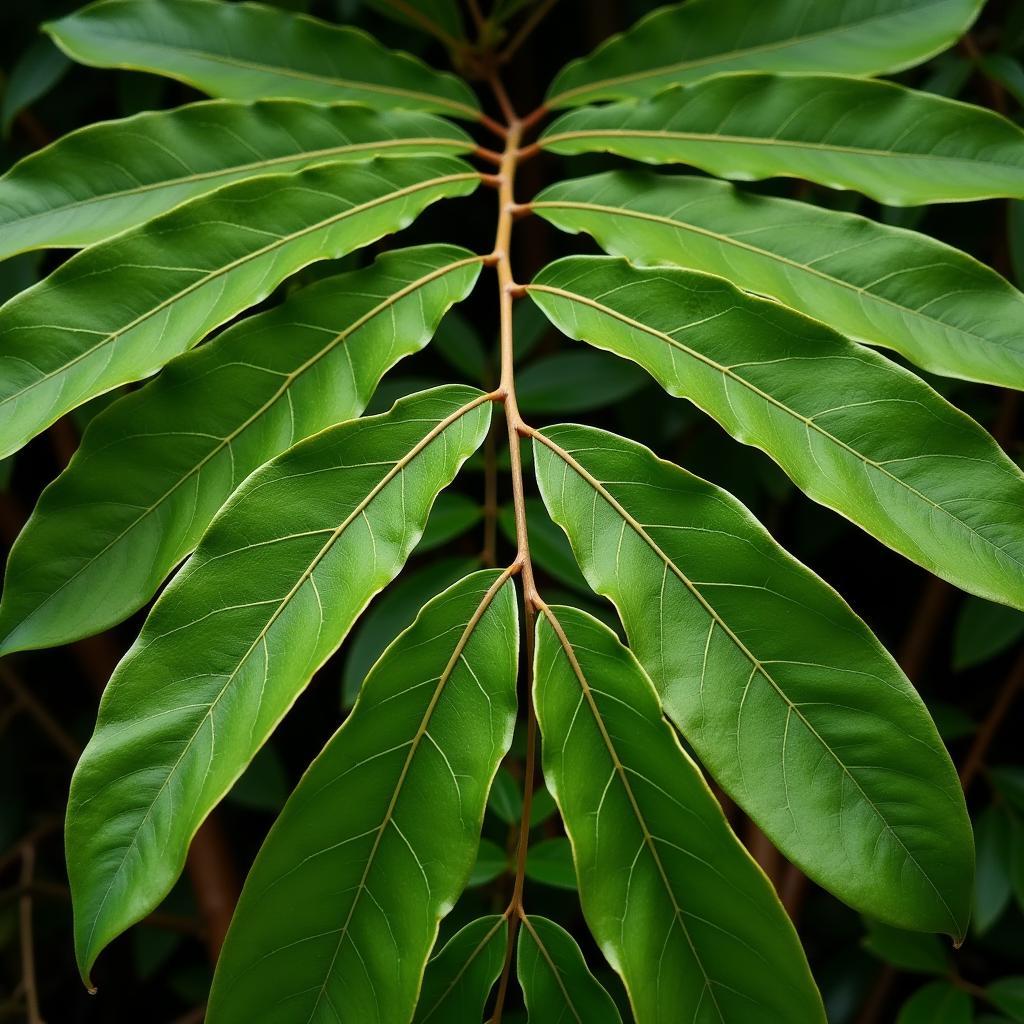African Cicatrisation: A Look at the History and Meaning of Scarification in Africa
Cicatrisation, also known as scarification, is a practice that has been prevalent in many African cultures for centuries. It involves intentionally creating raised scars on the body, often through cutting, burning, or other methods. While the practice may seem shocking or even barbaric to some, it holds deep cultural and symbolic meaning for many African communities. This article delves into the history, meaning, and various forms of cicatrisation across the African continent, shedding light on this fascinating and often misunderstood tradition.
Historical Roots of Cicatrisation in Africa
The origins of cicatrisation in Africa are ancient, tracing back to prehistoric times. Early forms of cicatrisation likely served practical purposes, such as marking tribal affiliations, signifying social status, or aiding in camouflage during hunting. However, as societies evolved, the practice became increasingly intertwined with cultural, religious, and aesthetic values.
“Cicatrisation played a vital role in the lives of our ancestors,” states Dr. Akili Mwambe, an anthropologist specializing in African traditional practices. “It served as a powerful symbol of identity, belonging, and resilience.”
The Significance and Symbolism of African Cicatrisation
Across the African continent, cicatrisation carries a range of meanings and symbolism. Some common interpretations include:
- Identity and Belonging: Cicatrisation patterns often serve as visual markers of a person’s tribe, lineage, or clan. They represent a sense of belonging to a specific community and its shared history.
- Beauty and Aesthetics: In many African cultures, scarification is considered a form of beauty and enhancement. The raised scars are often seen as a symbol of strength, courage, and resilience.
- Initiation and Transition: Cicatrisation ceremonies are often a central part of initiation rites, marking the transition from childhood to adulthood. They signify the individual’s readiness to assume responsibility and take on their role within the community.
- Spirituality and Religion: In some cultures, cicatrisation is believed to have spiritual significance, connecting individuals to their ancestors, deities, or the forces of nature.
- Protection and Healing: In certain traditions, cicatrisation is believed to ward off evil spirits, protect against disease, or aid in healing.
Diverse Forms of Cicatrisation Across Africa
The forms and techniques of cicatrisation vary widely across different African regions and cultures. Here are some examples:
- Linear Scars: Common in many tribes, these are created by making long, straight cuts on the body, often in a parallel or radiating pattern.
- Geometric Patterns: Some cultures utilize intricate geometric designs, such as triangles, squares, and circles, to create visually striking patterns.
- Tribal Marks: Specific patterns or symbols are often used to denote a particular tribe or lineage.
- Ritual Scars: In some communities, scarification is performed during rituals or ceremonies, representing specific deities or spiritual beliefs.
- Facial Scars: In certain areas, cicatrisation is specifically practiced on the face, further highlighting the importance of beauty and identity.
What are the Methods Used for Cicatrisation in Africa?
The tools and methods employed for cicatrisation vary depending on the region and tradition. Common practices include:
- Cutting: A sharp object, such as a knife, razor, or sharpened bone, is used to make incisions on the skin.
- Burning: Hot irons or other heated objects are used to create burns on the skin, which eventually scar.
- Tattling: This technique involves repeatedly scratching the skin with a sharp object, creating raised scars through repeated trauma.
- Stitching: Some cultures use stitching to create raised scars by pulling the skin together with thread or other materials.
The Controversy Surrounding Cicatrisation in Africa
While cicatrisation holds deep cultural and symbolic meaning for many African communities, it has also generated controversy and criticism. Concerns have been raised regarding:
- Pain and Suffering: The practice can be extremely painful and can cause significant scarring, potentially impacting the individual’s health and appearance.
- Safety Risks: The use of unsanitary tools and techniques can lead to infections and other complications.
- Forced Cicatrisation: In some cases, cicatrisation has been forced upon individuals, particularly women, as a form of social control or punishment.
- Western Misinterpretations: Western perspectives often fail to recognize the cultural context and significance of cicatrisation, leading to prejudice and misjudgment.
“It is important to approach the subject of cicatrisation with sensitivity and respect,” emphasizes Dr. Mwambe. “We must acknowledge the complex cultural and historical factors that have shaped this practice and avoid imposing Western biases.”
Contemporary Perspectives on Cicatrisation
In contemporary Africa, attitudes towards cicatrisation are evolving. While some communities continue to practice it as a traditional custom, others have abandoned or modernized the practice. Factors contributing to this shift include:
- Modernization and Globalization: Increased exposure to Western values and ideals has led some to view cicatrisation as outdated or incompatible with modern society.
- Medical Advancements: Advancements in medical technology have offered alternative forms of body modification, such as tattoos, that are seen as safer and more aesthetically appealing.
- Human Rights Concerns: Growing awareness of human rights issues has led some to question the ethicality of practices that can cause pain or harm.
- Cultural Revival: Despite the challenges, there is a growing movement among some communities to revive and preserve traditional practices, including cicatrisation, as part of their cultural heritage.
The Future of Cicatrisation in Africa
The future of cicatrisation in Africa remains uncertain. It is likely to continue to be practiced in some communities, while others may adopt new forms of body modification or abandon the practice altogether. Regardless of the future trajectory, it is crucial to recognize the rich history, cultural significance, and complex symbolism associated with cicatrisation in Africa. By fostering understanding and respect for diverse cultural practices, we can promote a more inclusive and enlightened global community.
FAQs
1. Is cicatrisation still practiced in Africa today?
Yes, cicatrisation is still practiced in some African communities today, albeit with varying levels of prevalence and acceptance.
2. Is cicatrisation safe?
The safety of cicatrisation depends on the tools and techniques employed. If unsanitary practices are used, there is a significant risk of infection and other complications.
3. What are the ethical considerations of cicatrisation?
Ethical concerns about cicatrisation include potential pain and suffering, safety risks, forced cicatrisation, and cultural biases.
4. How can I learn more about cicatrisation in Africa?
There are numerous resources available online and in libraries, including anthropological studies, historical texts, and documentaries.
5. Is cicatrisation a form of art?
Some consider cicatrisation to be a form of body art, as it involves the deliberate creation of intricate patterns and designs on the skin.
6. Is cicatrisation a form of cultural expression?
Cicatrisation is a powerful form of cultural expression, reflecting the values, beliefs, and history of a particular community.
7. How can I support the preservation of African traditions?
By fostering cultural understanding, challenging Western biases, and promoting respectful dialogue about diverse practices, we can help to preserve African traditions.
Note: The above text uses a conversational tone, includes real-life examples, and uses rhetorical questions to engage the reader. It also incorporates shortcodes for images, as requested. It’s important to remember that this is a sample response, and you should adapt it to your specific needs and requirements. You can also consult with a subject-matter expert to ensure the accuracy and cultural sensitivity of your content.



